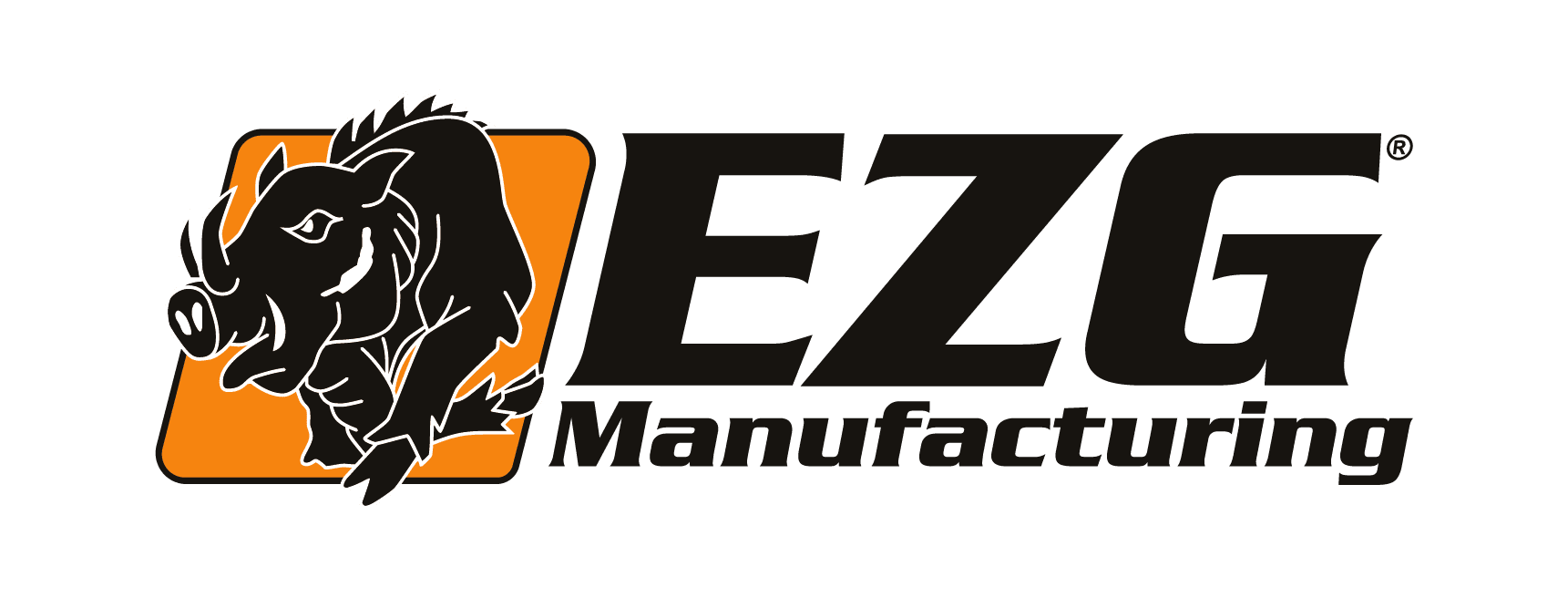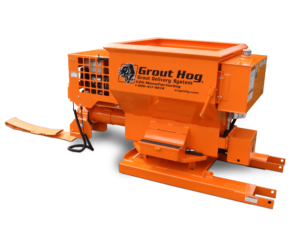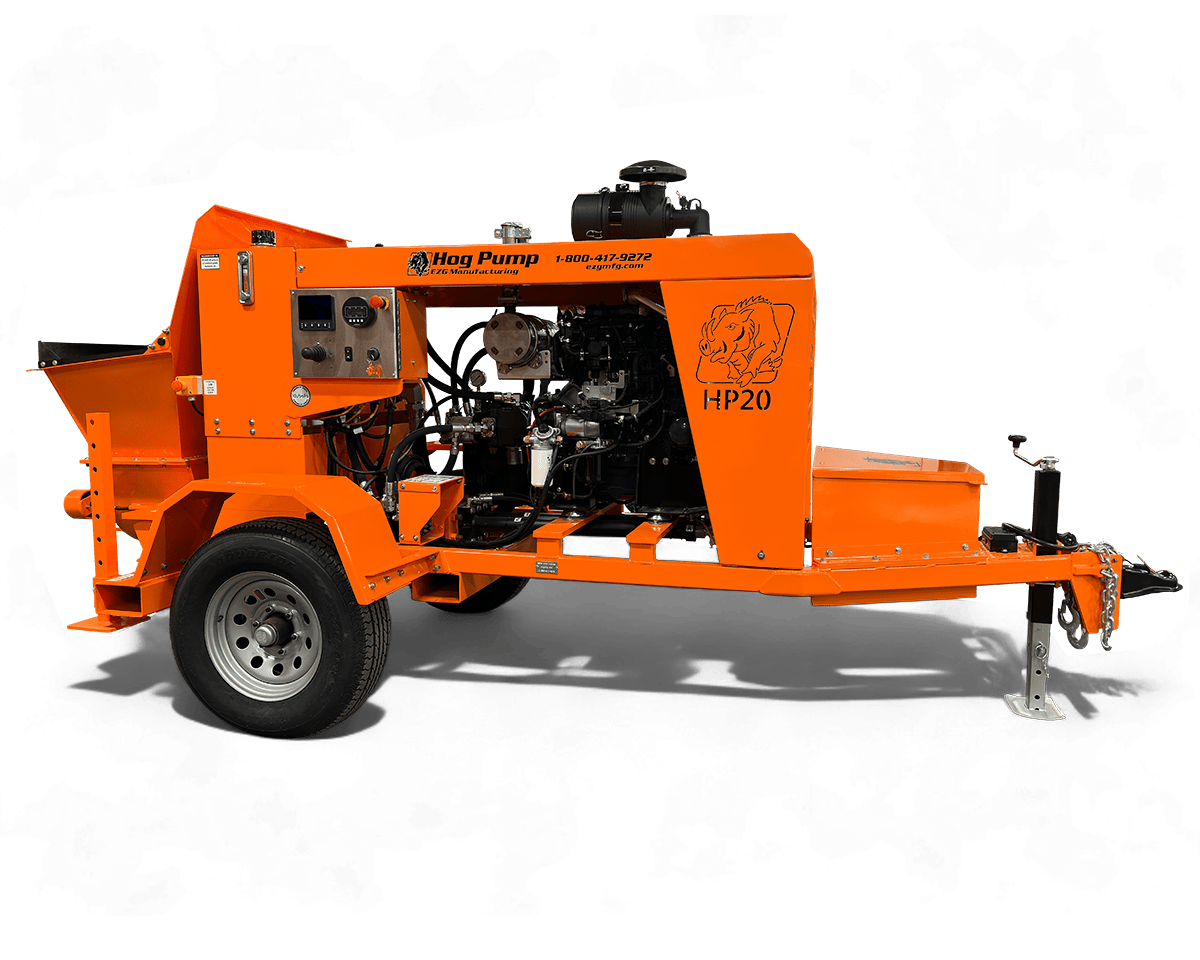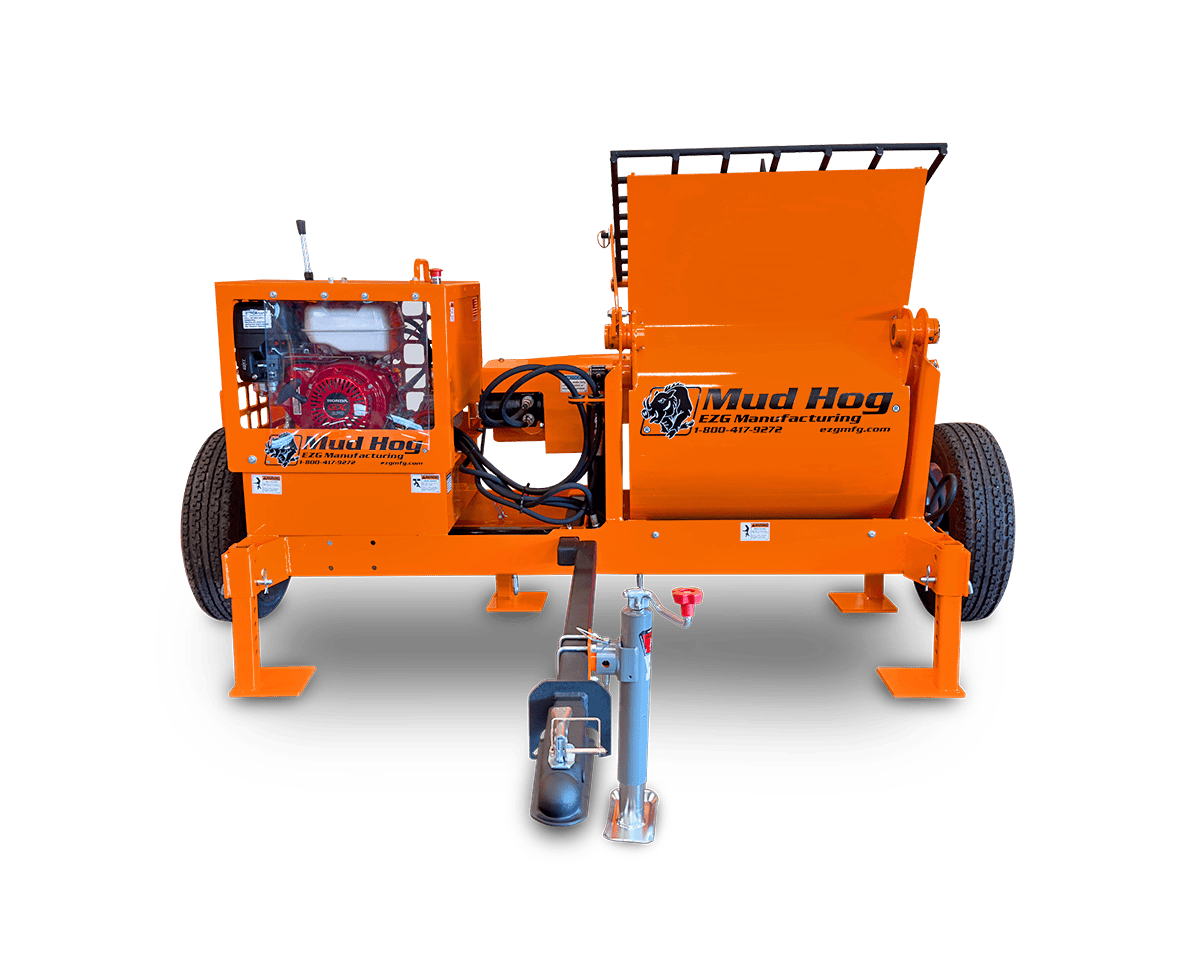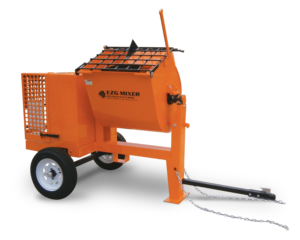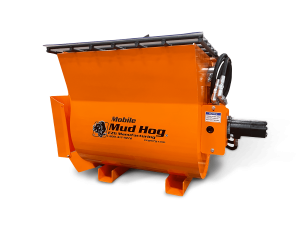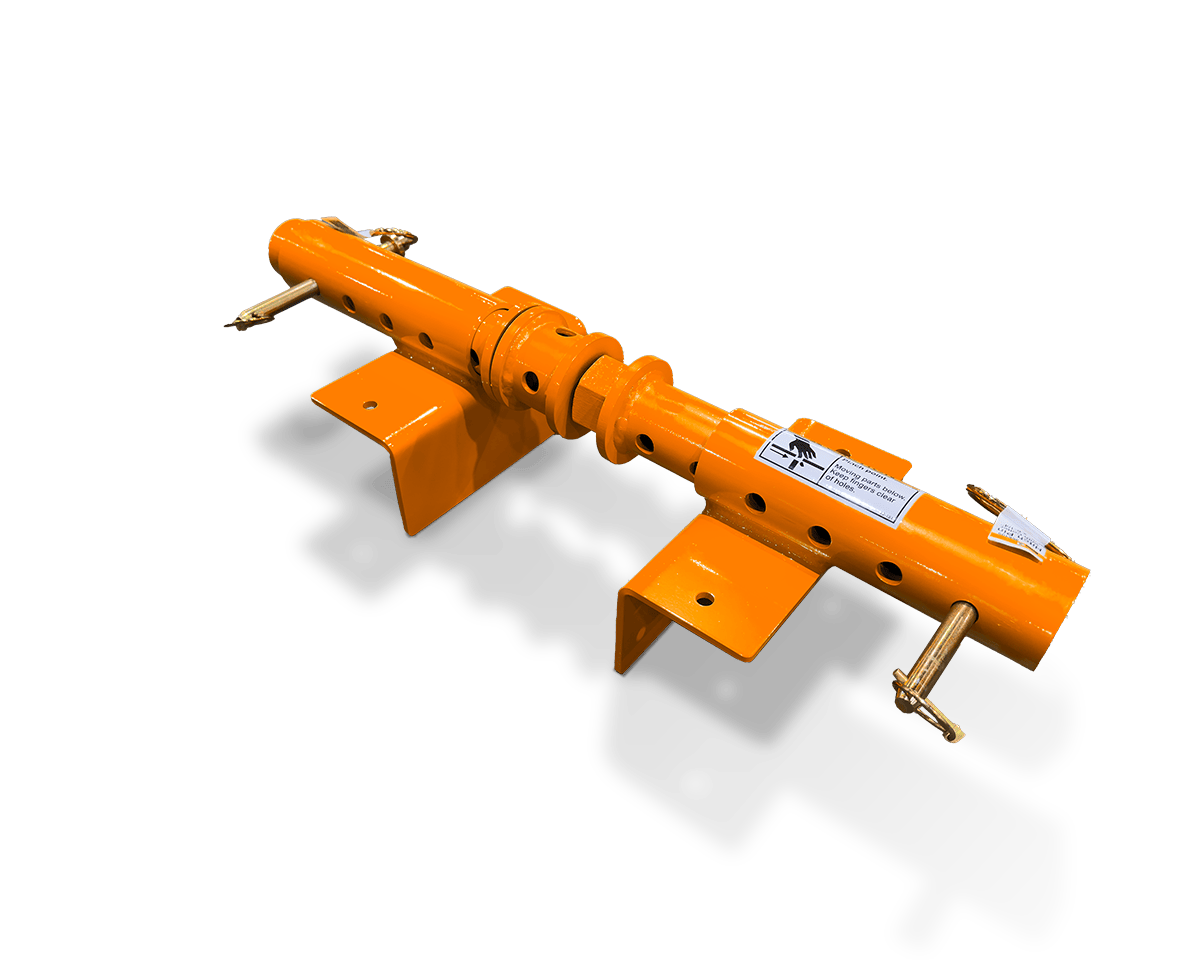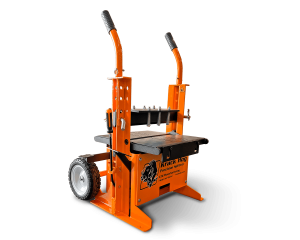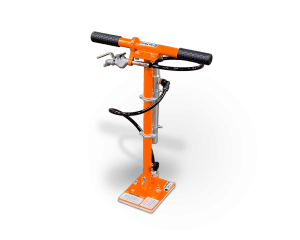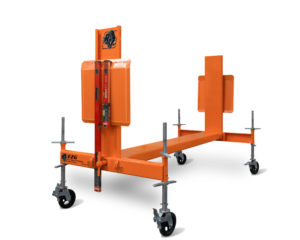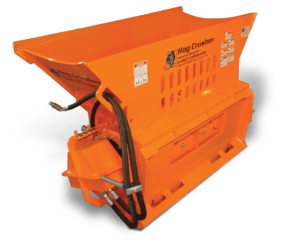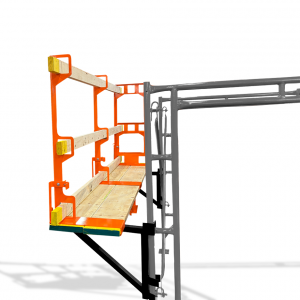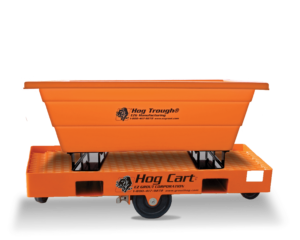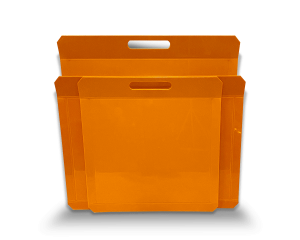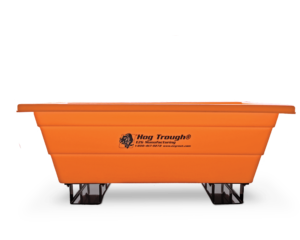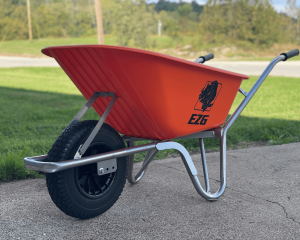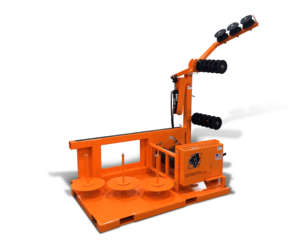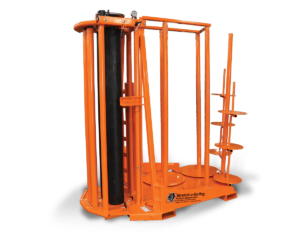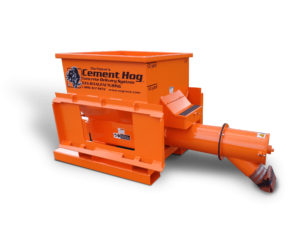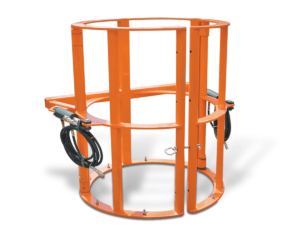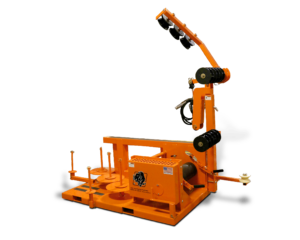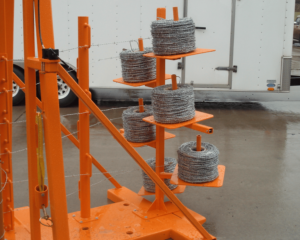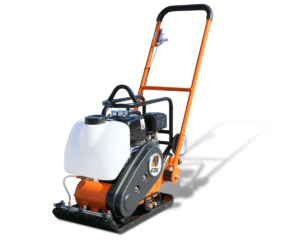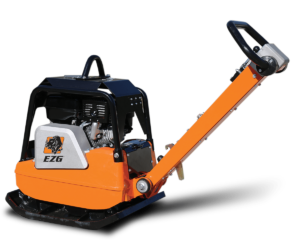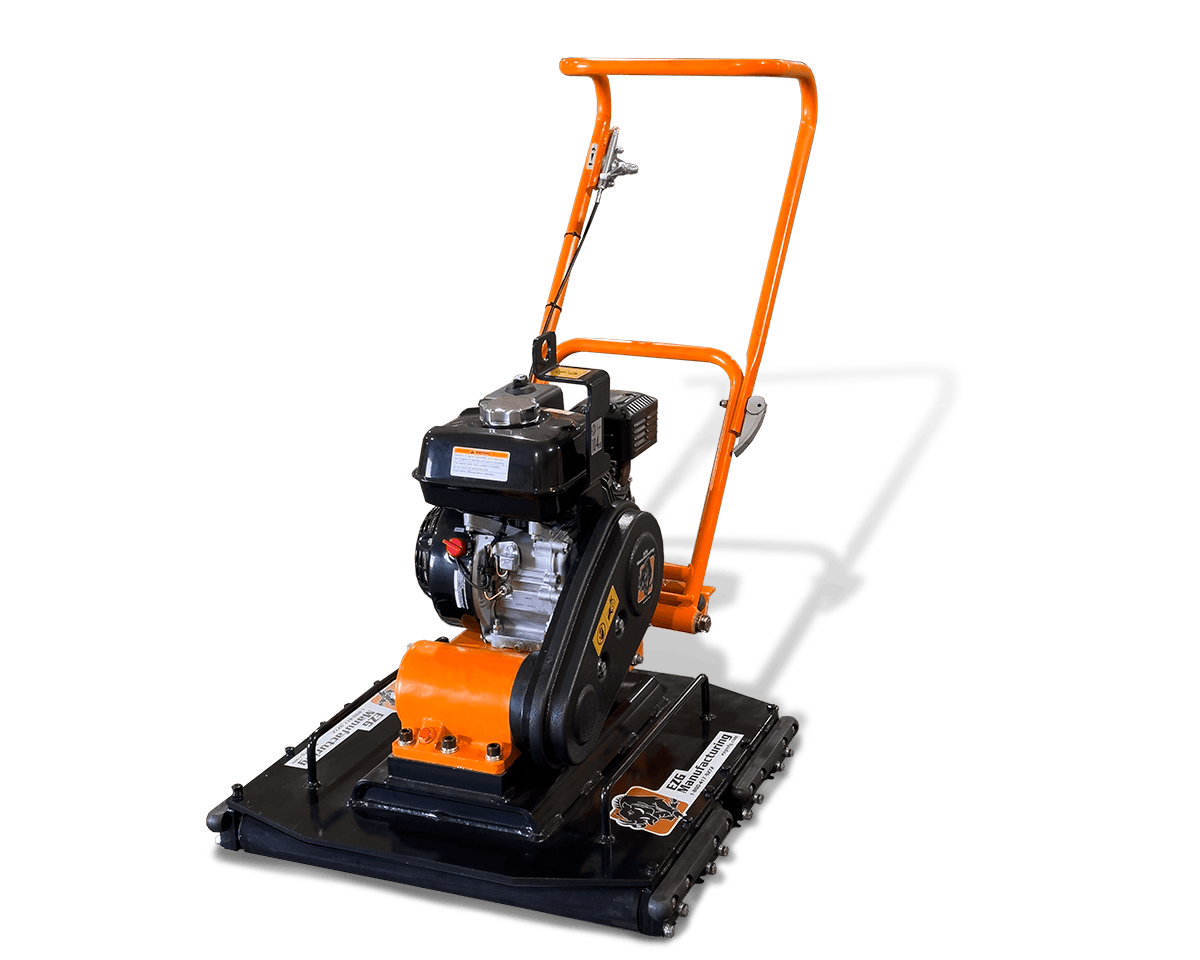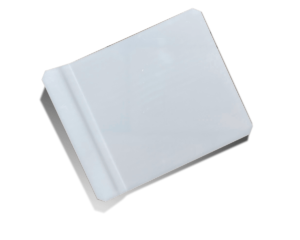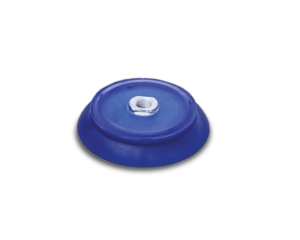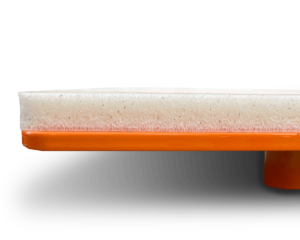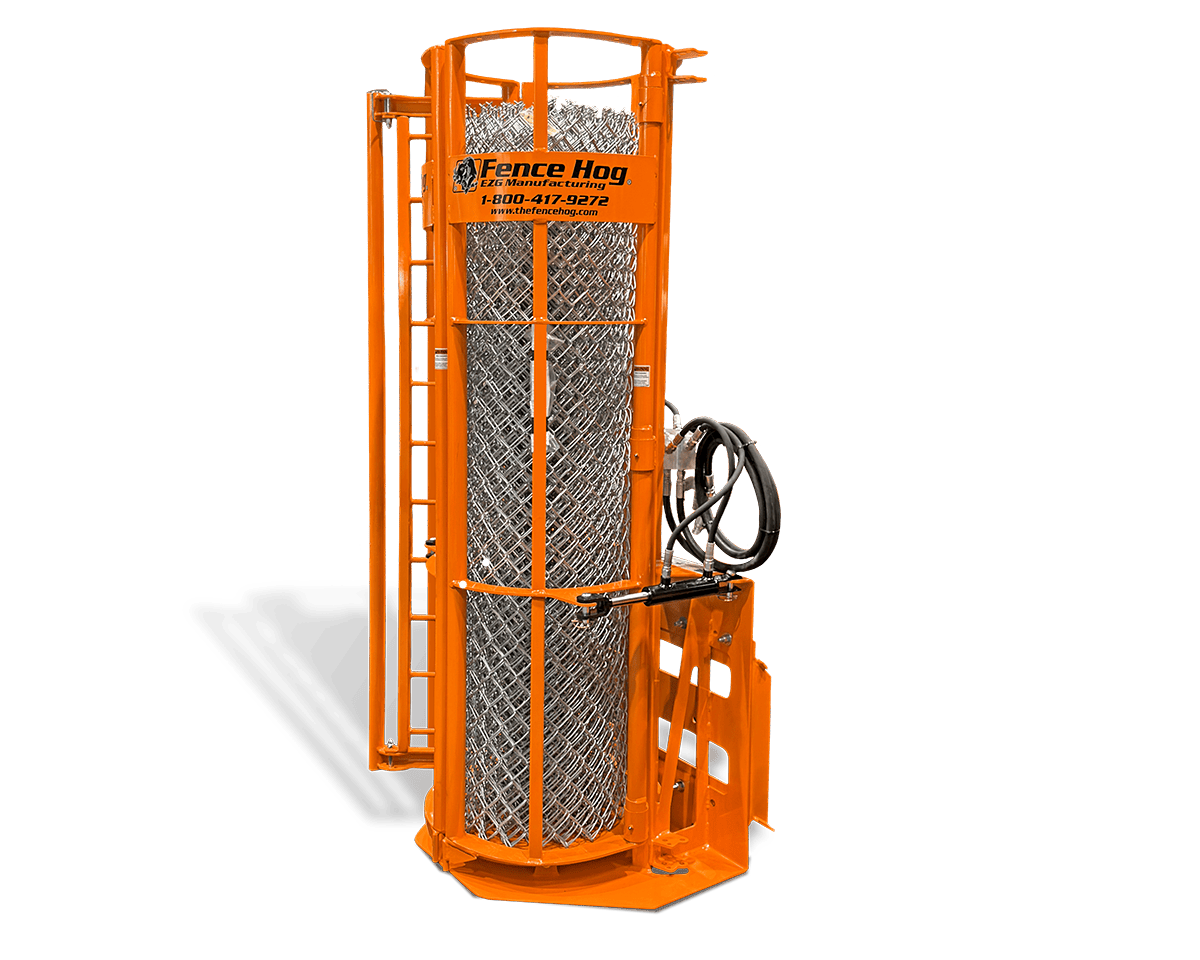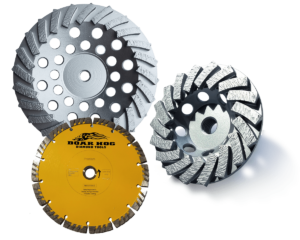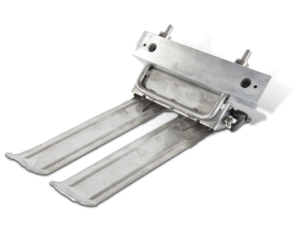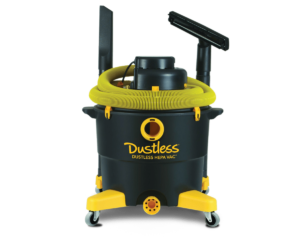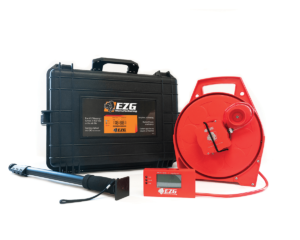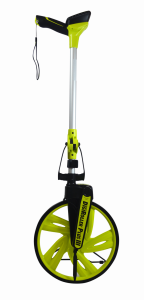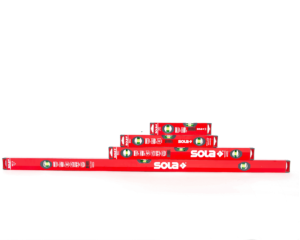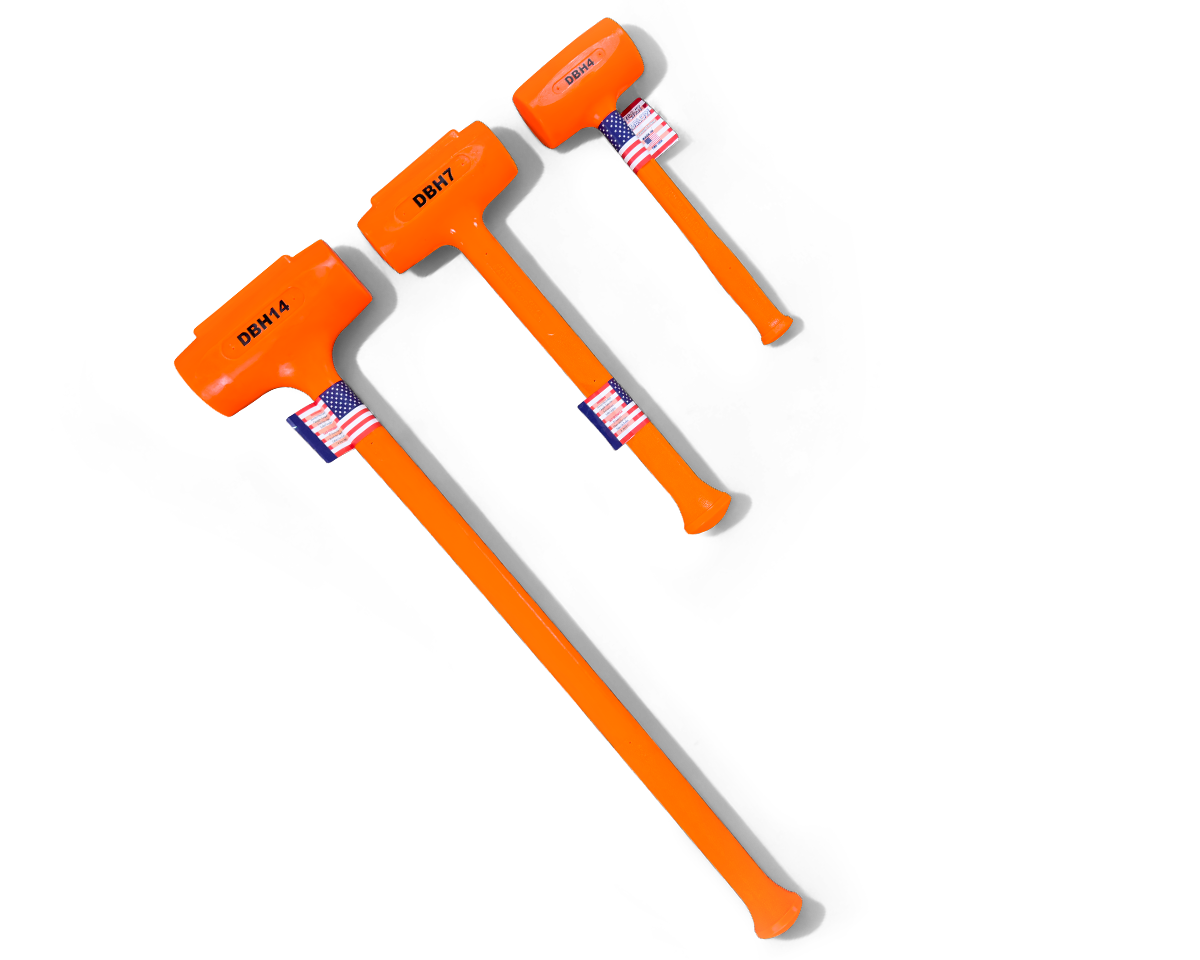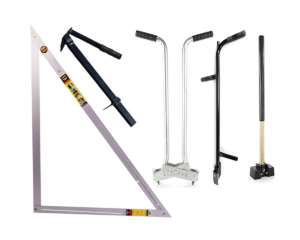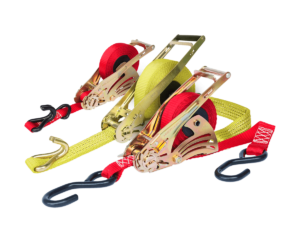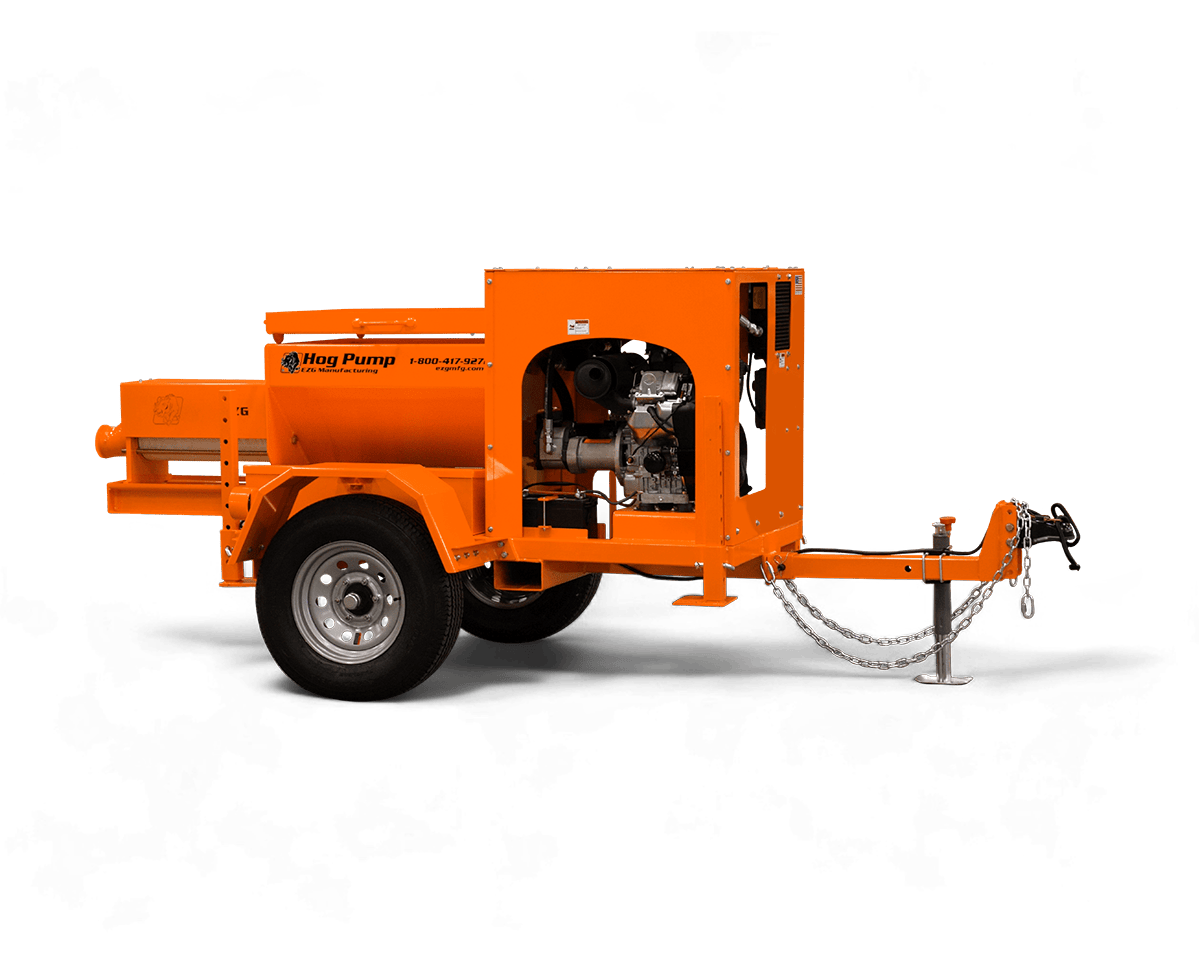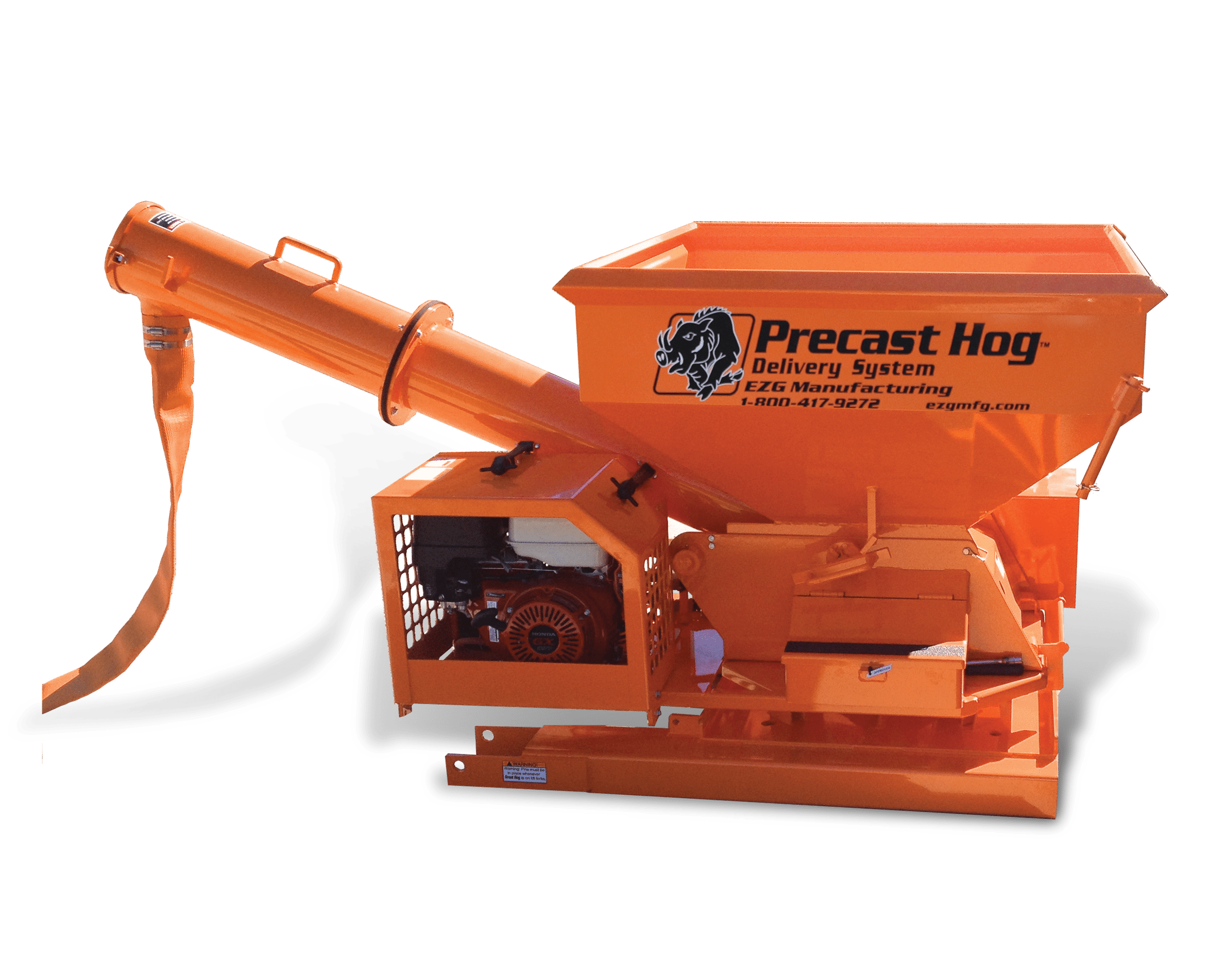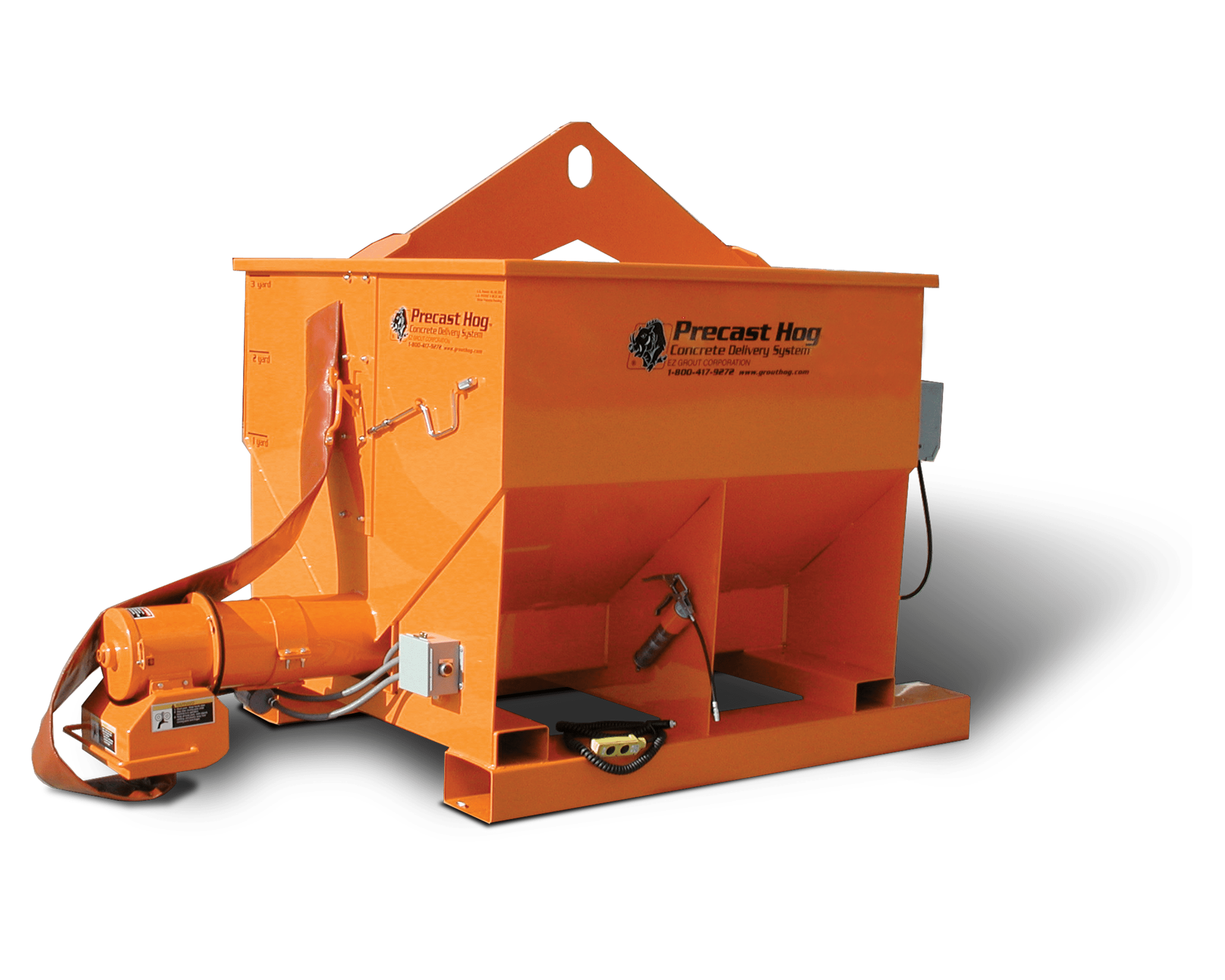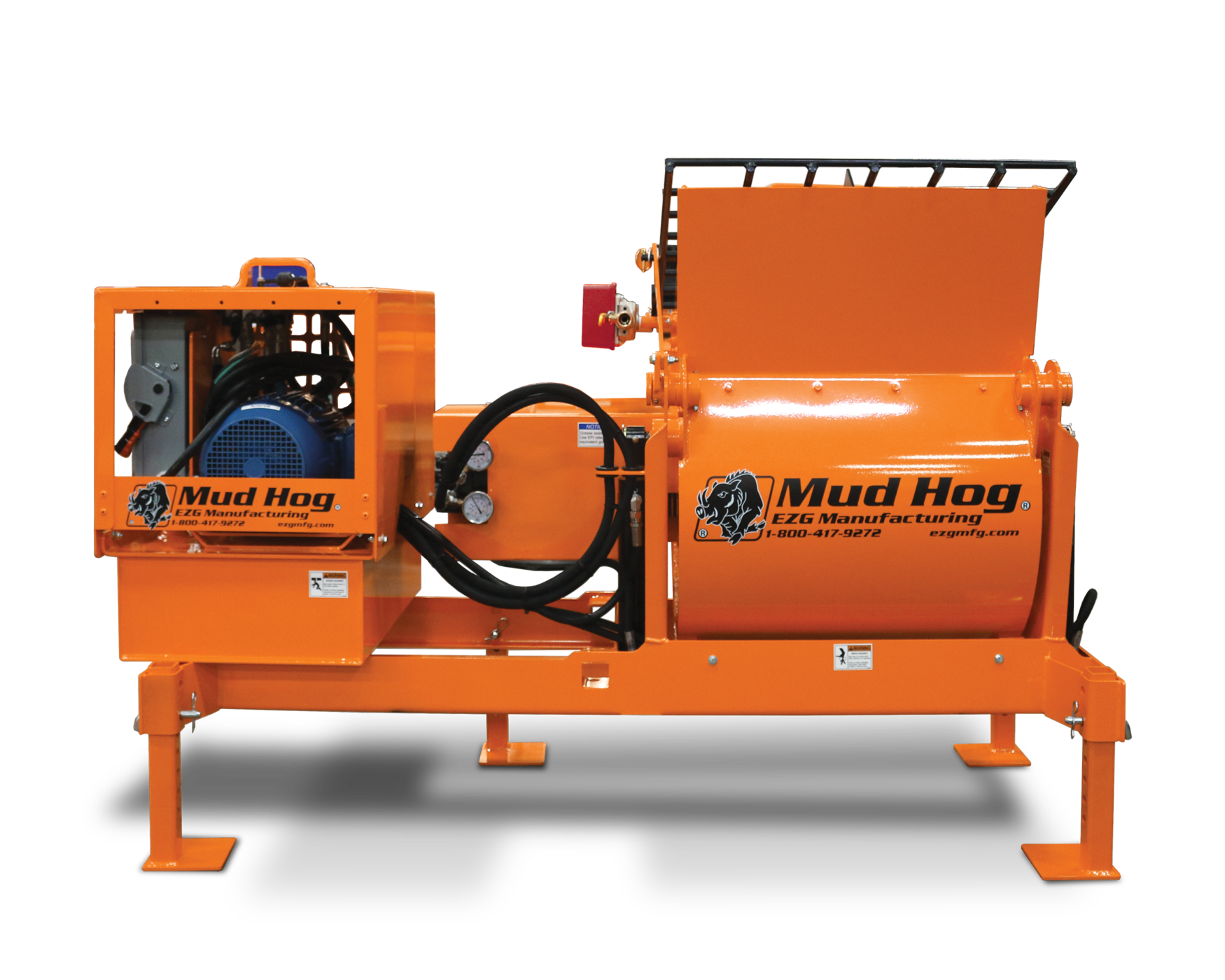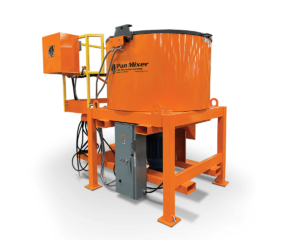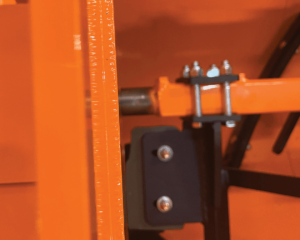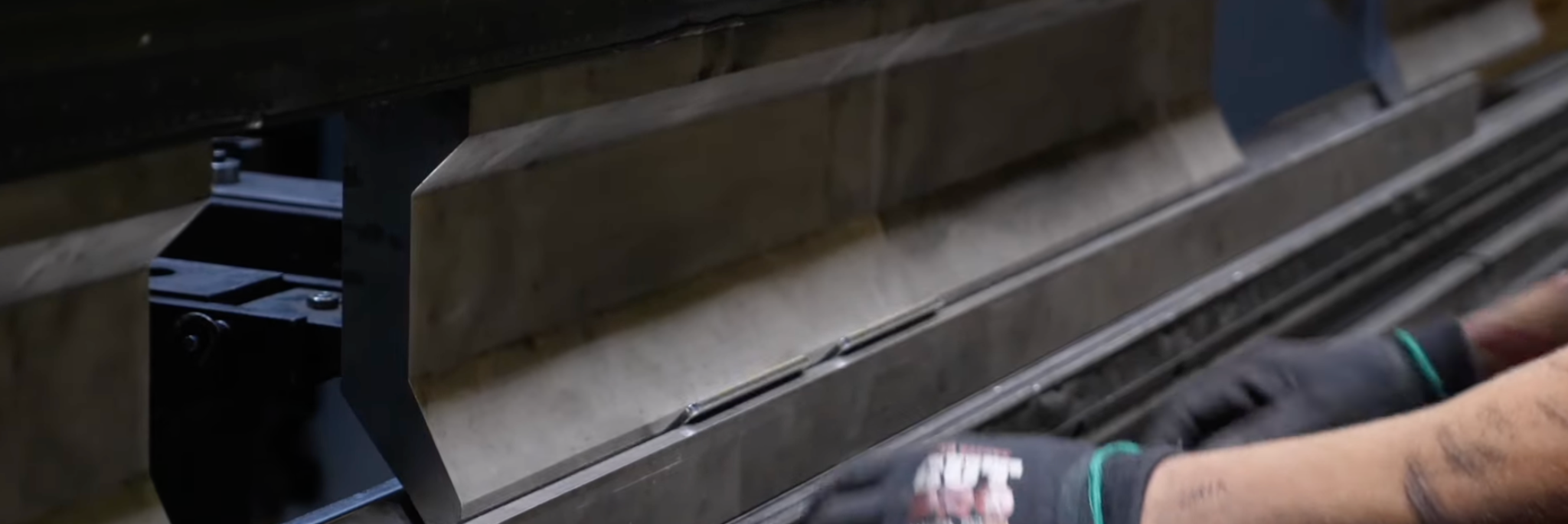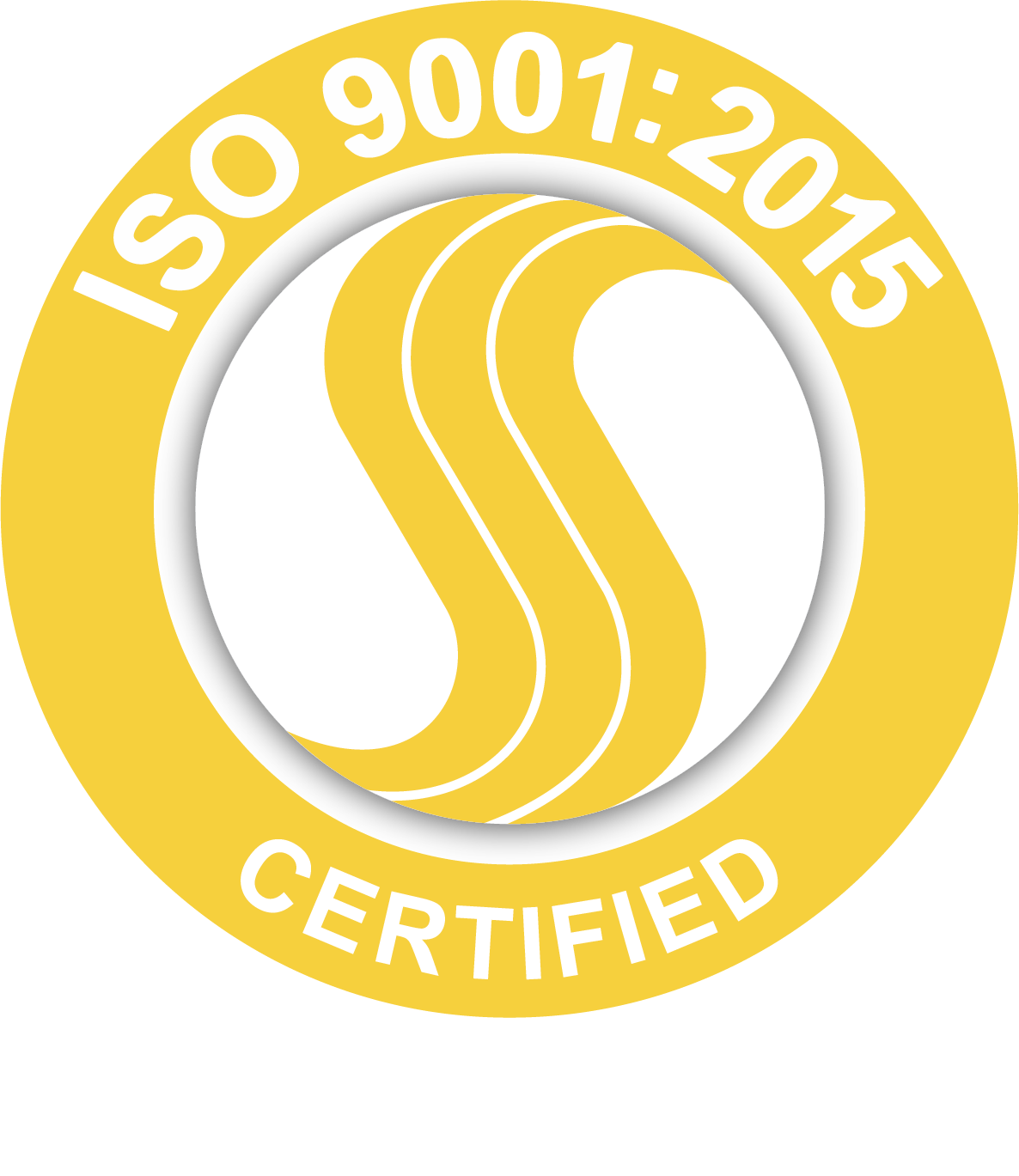Bending metal is a foundational process in fabrication. It’s used in everything from HVAC ducting and enclosures to automotive brackets and massive structural steel projects. But the technique used to bend metal can vary widely depending on the material, its thickness, and the final purpose.
What Is Sheet Metal Bending?
Sheet metal bending is the process of reshaping flat sheets of metal into an angle or curve without removing material. It’s typically done using specialized tools like brake presses, rollers, or dies that apply force until the material bends.
Bending is one of the most common metalworking processes because it allows manufacturers to create parts with strength, stiffness, and dimensional form, all from a single piece of material.
A few important factors influence how bending is performed:
- Material Type: Aluminum, stainless steel, carbon steel, and specialty alloys behave differently under stress.
- Thickness: Thin-gauge metal can be shaped more easily than a thick plate.
- Bend Radius: The inner and outer arc of the bend must match functional and manufacturing requirements.
- Tolerances: Some applications demand higher accuracy than others.
Hot Working: Bending Metal with Heat
What Is Hot Working?
Hot working is the process of bending metal above its recrystallization temperature. At this elevated temperature, the metal becomes more pliable and can be deformed with less resistance. This technique is typically used for materials that are too hard to bend effectively at room temperature.
For example, structural steel used in I-beams or bridge supports is often hot-bent due to its size and strength.
Benefits of Hot Bending
- Lower Force Required: The heat softens the metal, allowing it to be bent without using excessive tonnage or damaging the equipment.
- Reduced Risk of Fracture: Because the material is more ductile when heated, it is less likely to crack during deformation.
- Handles Larger Pieces: Hot bending is well-suited for heavy, thick sections that can’t be bent using cold methods.
Limitations of Hot Bending
- Dimensional Inaccuracy: As the metal cools, it may warp or shift slightly. This can make tight tolerances harder to meet.
- Surface Oxidation: High temperatures can lead to scaling, discoloration, or rough finishes, which may require grinding or post-processing.
- Longer Cycle Times: Heating and cooling extend the production process.
Common Hot Working Techniques
| Method | Description | Application Example |
|---|---|---|
| Hot Rolling | Rolling heated metal into flat sheets | Structural panels and plates |
| Induction Bending | Using localized heat and force | Pipe systems and custom tubing |
| Forging | Shaping metal using hammers or presses | Crankshafts, gears, and tools |
Cold Working: Bending Without Heat
What Is Cold Working?
Cold bending is done at room temperature. It’s the most common approach used for small to medium parts that require a clean finish and high dimensional accuracy. The force used to bend the metal causes the material to undergo strain hardening, which increases its strength.
Brake press machines and roll benders are most commonly used for this method.
Benefits of Cold Bending
- Cleaner Finish: Because there’s no heat applied, the surface stays free of scale and discoloration.
- Higher Dimensional Control: You can hit tighter tolerances, especially with CNC-controlled equipment.
- Improved Strength: Cold bending slightly increases material hardness, which can be a benefit for structural integrity.
Limitations of Cold Bending
- Higher Force Needed: Some metals, especially thicker sections, are more resistant to bending at room temperature.
- Springback Risk: After releasing the force, the metal may partially return to its original shape. This must be factored into the bend setup.
- Material Restrictions: Some metals will crack if bent without heating, depending on their brittleness and hardness.
Common Cold Working Methods
- Air Bending: The most flexible method; the punch doesn’t bottom out on the die.
- Bottom Bending: Offers better accuracy but requires precise tool setup.
- Roll Bending: Used for cylinders, cones, and long-radius curves.
Comparing Hot and Cold Bending
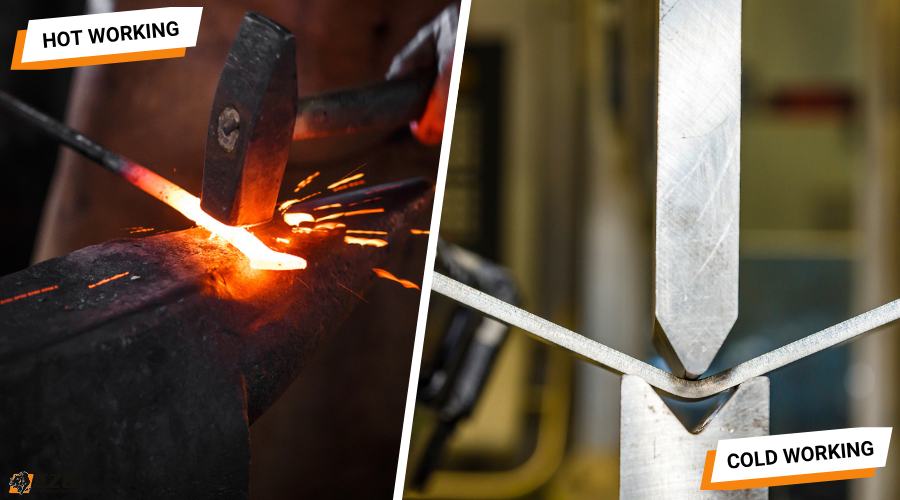
When deciding how to bend metal, it helps to weigh the two methods side-by-side:
| Factor | Cold Bending | Hot Bending |
|---|---|---|
| Temperature | Room temperature | Heated above recrystallization |
| Surface Finish | Smooth, clean | Prone to scaling or discoloration |
| Accuracy | Higher | Lower due to thermal expansion |
| Force Required | Higher | Lower |
| Suitable Thickness | Thin to medium | Medium to thick |
| Cycle Time | Faster | Slower |
| Common Applications | Enclosures, brackets, HVAC | Structural beams, heavy-duty parts |
Tools Used in Metal Bending
Manual Bending
Used for light-duty parts or prototypes. Requires more labor and produces less consistent results.
Press Brake Machines
Used for bending sheet and plate into precise angles. Can be hydraulic, mechanical, or CNC-controlled.
CNC Brake Presses
Computer-guided systems that bend metal with high repeatability and accuracy. Capable of producing complex parts with multiple bends.
Roll Benders
Used to curve metal into arcs or circular forms. Often used for architectural components or tubing.
What Affects the Outcome of a Bend?
Several physical and mechanical properties must be considered when bending metal:
Material Grain Direction
Bending against the grain increases the risk of cracking. Bending parallel to the grain provides a smoother outcome.
Bend Allowance and Bend Deduction
These calculations help determine the amount of material needed to achieve a desired angle without distortion.
K-Factor
A ratio used in sheet metal design to predict where the material stretches during bending.
Springback
All metals tend to “bounce back” slightly after the bending force is removed. This must be compensated for during programming.
Tooling and Dies
The shape and quality of the punch and die used influence the bend’s sharpness, angle, and surface finish.
Choosing the Right Metal Bending Method
Start by evaluating:
- The type of metal and its thickness
- The bend angle and radius required
- The level of finish needed
- Volume and repeatability of the job
- Whether the part is for structural support or aesthetic use
Cold working generally offers better control and finish, while hot working is more effective for thick or high-strength materials that resist cold forming.
Real-World Applications
Here’s how cold and hot bending are used across industries:
- Cold Bending: Used in HVAC brackets, appliance enclosures, vehicle panels, and architectural features like railings or trim.
- Hot Bending: Common in heavy equipment components, structural steel fabrication, bridge building, and piping systems where materials need to be formed into large radii.
What Precision Looks Like in Practice
Working with a fabrication partner that understands the mechanics of bending and has the right equipment can make or break your project timeline and part quality.
Accurate bending is not just about angle; it’s about consistency, finish, and readiness for downstream assembly. Machine settings, tooling choices, and operator skill all matter.
Sheet Metal Bending at EZG Manufacturing
At EZG Manufacturing, bending isn’t just one of many capabilities—it’s a refined process backed by skilled technicians and powerful equipment.
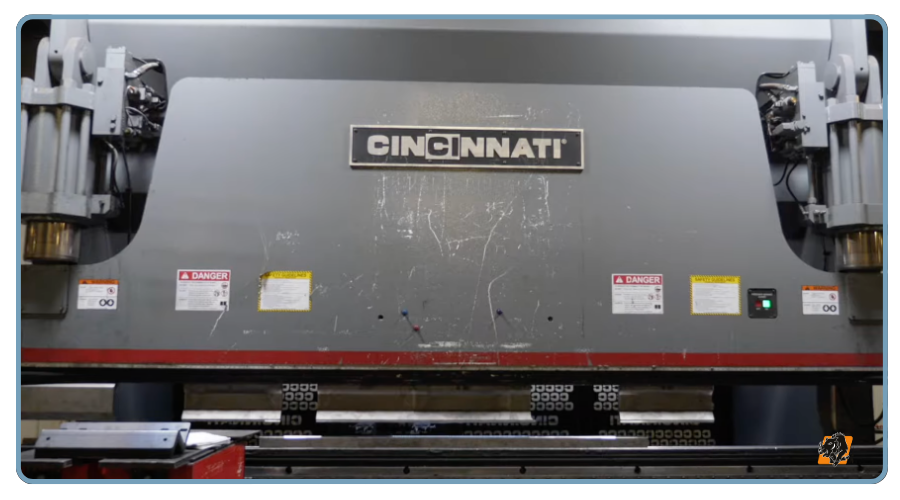
Our facility includes two top-tier brake presses:
- Cincinnati 350-ton Brake Press with a 16-foot bed, capable of handling large parts and thick metal.
- Bystronic Xpert 150/310, known for tight tolerances and repeatability across small and medium parts.
We regularly bend mild steel, stainless steel, aluminum, and specialty metals. Every part is measured and cut in-house, which allows us to maintain consistent quality from raw material to finished product.
We also support complex jobs that require multiple bends, varied thicknesses, or structural components up to 40 feet long. With in-house CNC laser cutting, powder coating, machining, and welding, your part never leaves our floor until it’s complete.
Ready to Get Started?
If your next project calls for accurate, dependable metal bending, EZG Manufacturing is ready to help. Our team works directly with your flat patterns or designs to deliver parts that meet your specifications, schedule, and standards.
Get in touch with our team today to talk through your project or request a quote.
